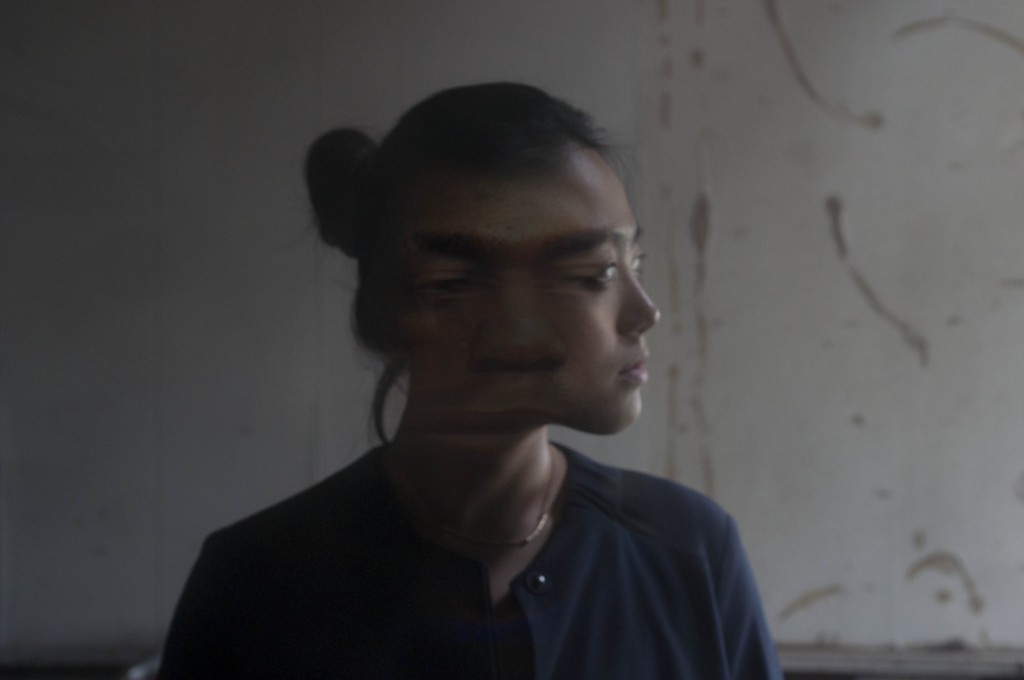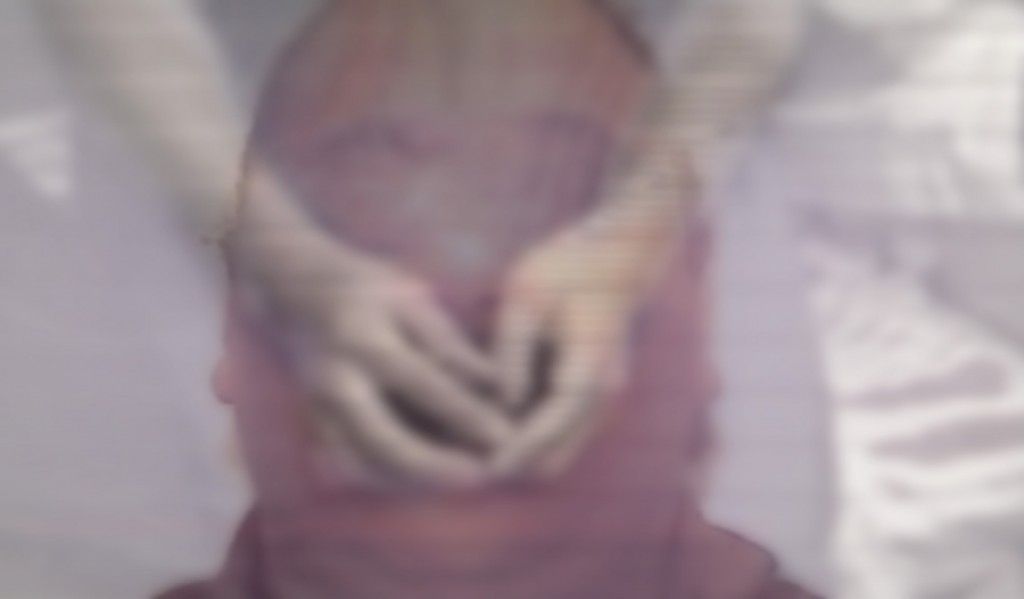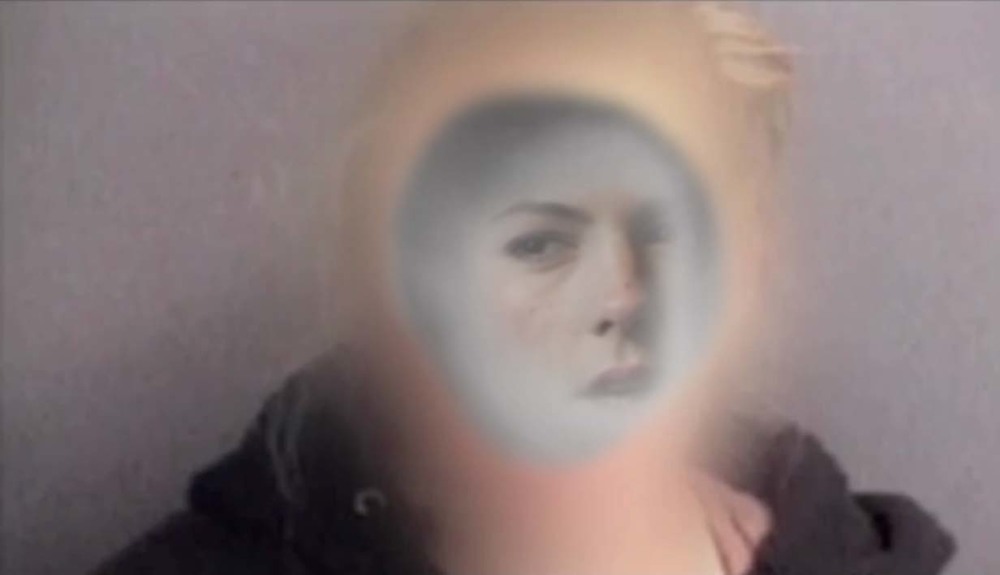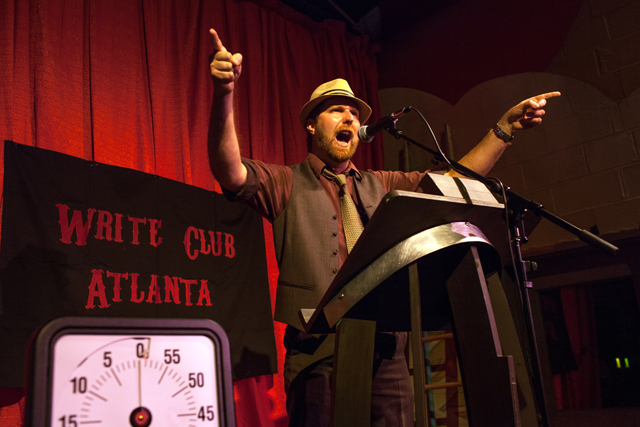 Charlie Watts started her artistic career as a painter and naturally evolved to photography. Her artwork is delicate, dream-like and often ghostly with soft shadows and dark colors — almost as if you are stuck in a dark fairy tale forest. Darker themes such as death, oppression and misogyny are often present in her poignant work.
Charlie Watts started her artistic career as a painter and naturally evolved to photography. Her artwork is delicate, dream-like and often ghostly with soft shadows and dark colors — almost as if you are stuck in a dark fairy tale forest. Darker themes such as death, oppression and misogyny are often present in her poignant work.
After being enlightened by a friend’s documentary, local photographer Charlie Watts found herself on a quest to bring light to the issue of sex trafficking in Atlanta. Over the last year, she researched and put together an interactive photography exhibit, The ThrowAways, that opens June 20 at Emory University, her alma mater. The show is a combination of both photography and technology—iPads, QR codes and lightboxes are all present in the display. A former Dashboard Co-Op artist, Watts reached out to former victims, read news stories and evolved her own artistic process in order to complete this show—and try to make a difference.
Here, she talks to us about dealing with this dark subject, growing as an artist and what’s next for her.
CommonCreativ: What triggered your research and planning for this exhibition?
Charlie Watts: Two years ago a dear friend, Minkyung Sung, made a documentary about sex trafficking in Atlanta. After viewing the piece, I was shocked that such a major crime against humanity could be happening in my city. Later, I randomly came across some horrific images online that depicted a man carrying a woman over his shoulder in a plastic bag. The woman’s face was not visible, but it is obvious in the image that she has bruises covering a slender frame. The photograph, taken with a glaring flash, has vague hints of an airport in the background. The man depicted is intimidatingly large. This image has haunted me since, but strangely, I have been unable to find the photograph again. In scouring the internet looking for it, I instead found a wealth of additional disturbing information. It turns out that Atlanta has one of the biggest problems with sex slavery in the world. Hearing the stories of many of the victims, even some from young women who live near my home, I have felt helpless to draw attention to this problem through any other means than my art.
CC: As a photographer, how did the personal stories that you heard affect your work?
CW: The ThrowAways has completely changed my photographic practice in the quest to create work that represents what many of these young women have endured. After reading so many stories of rape, incest, and what is basically modern slavery, I developed a numbness, and the process to make work that reflects these narratives has been a sensitive and challenging one. Stories like these have affected my work by making it incredibly dark yet abstract. The more concrete photographs that I tried to make, the less they seemed to relate to the project, so the final images are very abstract.
 CC: What was your thought process when putting together the exhibition?
CC: What was your thought process when putting together the exhibition?
CW: In my photography, I typically create alternative dreamscapes that relate to fantasy. Whereas a documentary photographer could raise awareness of sex trafficking by presenting actual victims, I felt that approach was inappropriate for this show. When I began exploring this project, I felt that I had no right to be making these images, and that using models to represent the pain that many of these stories revealed was somehow skewed. I then attempted to create collages of found images, and the reaction to these was intense outrage. I next created more abstract versions by combining images that I had taken from locations around Atlanta where prostitution is common with mugshots of convicted traffickers coupled with computer screenshots of victims from documentaries and news stories. Over the past year, I have reached out to several victims of sex trafficking. While they agreed to meet with me, I haven’t had the time to build up a rapport that would make them comfortable being photographed for this project. The final images are backlit prints exhibited in LED light-boxes to literally “shed some light on the issue.” I’ve also embedded QR codes throughout the show so that viewers can access additional information on sex trafficking in Atlanta.
CC: What are your favorite projects right now around Atlanta?
CW: Everything GloATL touches is spectacular. I never enjoyed contemporary dance before I saw them. After studying in London, I was worried about coming back to the ATL art scene. But my first night back, I attended a GloATL performance at the Solewit sculptures in what has become one of my favorite art experiences in Atlanta. I’m also excited about No Vacancy, the upcoming show with Dashboard CO-OP’s own Henry Detweiler and Ben Coleman. These are two of the crazy happenings that make me glad to be in Atlanta.
 CC: What do you think about Atlanta’s creative scene right now?
CC: What do you think about Atlanta’s creative scene right now?
CW: Sometimes I’m in love with the local scene, and sometimes I feel like I’m in a desert. The galleries we have are good, with lots of opportunities to show work. But professionally, I’m challenged with the number of people who expect me to photograph for them for free.
CC: You are part of Dashboard Co-op and The Creatives Project—tell me about your work with these organizations.
CW: Being a part of Dashboard Co-op is one of the rare experiences where such an amazing group of people come together to create some whacked-up beauty. The group members reclaim abandoned space and revitalize them with art. The first time that I saw the M. Rich Building, where the show Boom City was presented, I teared up knowing that my art would be exhibited in such a beautiful space. My work at Boom City represents my best effort so far. Originally, I was given a housing residency with The Creatives Project. But a fire burned down our art house, so now I’m working as a studio resident. We are about to start the Capture Project to empower young people in the Old Fourth Ward through photography.
CC: What’s next for you? Where else can people see your work?
CW: My next big project is focused on exploring and challenging gender roles in the Grimm Brothers’ fairy tales. These stories are so violent (with much of it directed towards women). For this project, I’m envisioning a Sleeping Beauty, where Prince Charming is the one who is under a deep spell, or a Snow White who is a prince in love with another prince. My current working title is Super Gay Fairytales, but I’m sure that will change many times! I will be showing work with The Creatives Project in October at the Goat Farm. Also, if you happen to be in London, visit the Saatchi Gallery, where three of my pieces are included upstairs in the electronic display.
For more on The ThrowAways project, visit thethrowawaysproject.com, or check out Youth Spark, a local organizations raising awareness about sex trafficking in Atlanta.





